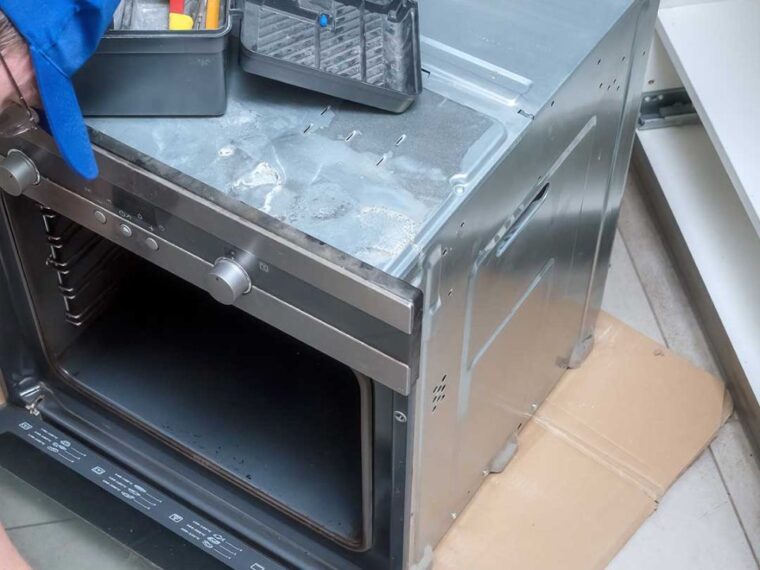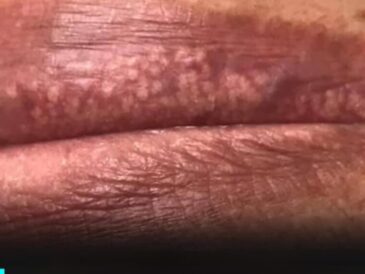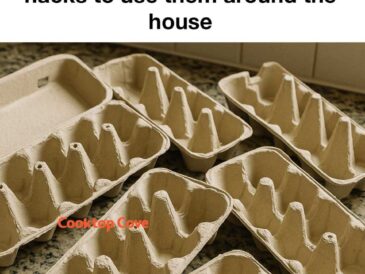In today’s fast-paced world, household appliances are indispensable. They simplify our lives, making daily chores more manageable and efficient. However, when these appliances break down, the immediate thought is often to call a professional repair service. While this is sometimes necessary, many common appliance issues can be resolved with a little DIY know-how. Not only can this save you money, but it also gives you the satisfaction of solving the problem yourself.
In this article, we’ll explore 15 appliance repairs that you can easily tackle on your own. From fixing a leaky dishwasher to adjusting a refrigerator door, these tasks are straightforward and require minimal tools. So, roll up your sleeves and get ready to become the handyman or handywoman of your household.
1. Fix a Leaky Dishwasher
A leaky dishwasher can be a nuisance, but it’s often an easy fix. First, check the door gasket for any cracks or damage. The gasket is a rubber seal that runs along the edge of the dishwasher door. If it’s worn out, water can seep through. Replacing it is simple: remove the old gasket by pulling it out of the groove, and press the new one into place, ensuring it’s snug and secure.
Another common cause of leaks is a clogged or faulty drain hose. Inspect the hose for any kinks or blockages. If it’s clogged, detach it from the dishwasher and clean it out using a long brush or a piece of wire. Reattach the hose securely to prevent future leaks.
2. Unclog a Washing Machine Drain
If your washing machine isn’t draining properly, the drain hose or pump filter might be clogged. Start by unplugging the machine and turning off the water supply. Locate the drain hose at the back of the machine and detach it. Use a long, flexible brush to clear any blockages.
Next, check the pump filter, usually located at the bottom front of the machine. Open the access panel and unscrew the filter cap. Remove any debris or lint trapped inside, then screw the cap back on securely. Reattach the drain hose, and your washing machine should drain properly again.
3. Replace a Refrigerator Water Filter
Replacing a refrigerator water filter is a straightforward task that ensures your water and ice remain clean and fresh. Most filters are located inside the refrigerator, either in the upper right corner or behind the grille at the bottom.
To replace the filter, turn off the water supply and twist the old filter counterclockwise to remove it. Insert the new filter by twisting it clockwise until it locks into place. Turn the water supply back on and run a few gallons of water through the dispenser to flush out any air and impurities.
4. Clean a Stovetop Burner
Over time, stovetop burners can accumulate grease and food debris, affecting their performance. To clean them, first ensure the burners are cool and then remove them from the stovetop. Soak the burners in a mixture of warm water and dish soap for about 20 minutes to loosen any grime.
Use a non-abrasive scrubber to clean the burners thoroughly. For stubborn spots, a paste made of baking soda and water can be applied and scrubbed gently. Rinse the burners with clean water and dry them completely before reattaching them to the stovetop.
5. Tighten a Loose Oven Door Handle
A loose oven door handle can be annoying but is easy to fix. Open the oven door and locate the screws that secure the handle, usually found on the inside of the door. Using a screwdriver, tighten these screws until the handle is secure.
If the screws are stripped or damaged, replace them with new ones of the same size. Ensure the handle is aligned properly before tightening the screws to avoid any misalignment.
6. Clear a Vacuum Cleaner Blockage
A vacuum cleaner that isn’t picking up dirt effectively might have a blockage. Start by unplugging the vacuum and checking the hose for any obstructions. Detach the hose and use a broom handle or similar object to push out any debris.
Next, inspect the brush roll for tangled hair or fibers. Use scissors to carefully cut away any entangled material. Finally, check the vacuum bag or canister and empty it if full. Reassemble the vacuum and test it to ensure it’s working properly.
7. Replace a Microwave Light Bulb
If the light inside your microwave has gone out, replacing it is a simple task. First, unplug the microwave and locate the light bulb cover, usually found on the interior ceiling or back wall.
Remove the cover by unscrewing it or releasing the clips. Carefully unscrew the old bulb and replace it with a new one of the same wattage and size. Reattach the cover and plug the microwave back in to test the new bulb.
8. Defrost a Freezer
An overly frosted freezer can reduce efficiency and storage space. To defrost it, first remove all food items and unplug the freezer. Place towels around the base to catch any melting ice.
Leave the freezer door open to allow the ice to melt naturally. For faster results, place a bowl of hot water inside the freezer to speed up the melting process. Once all the ice has melted, wipe down the interior with a clean cloth, plug the freezer back in, and return the food items.
9. Repair a Wobbly Ceiling Fan
A wobbly ceiling fan can be both annoying and unsafe. To fix it, start by turning off the fan and checking the blades for any warping or damage. Tighten any loose screws on the blade brackets.
If the fan still wobbles, use a balancing kit, which typically includes a plastic clip and adhesive weights. Attach the clip to a blade and run the fan to identify the imbalance. Once identified, place the adhesive weights on the opposite side of the blade to balance it.
10. Change a Dryer Belt
A broken dryer belt can prevent your dryer from spinning. To replace it, first unplug the dryer and remove the top panel by unscrewing the screws at the back. Locate the drum and the old belt, which may be broken or loose.
Remove the old belt and loop the new one around the drum, following the path of the old belt. Ensure the belt is aligned with the motor pulley and idler pulley. Reattach the top panel and plug the dryer back in to test its operation.
11. Fix a Running Toilet
A running toilet can waste a lot of water but is often easy to fix. Open the toilet tank and check the flapper valve at the bottom. If it’s worn or not sealing properly, replace it with a new one.
Also, check the float arm and adjust it if necessary. The float should be set so that the water level is about 1 inch below the top of the overflow tube. Adjust the float by bending the arm or turning the adjustment screw.
12. Clean an Air Conditioner Filter
A dirty air conditioner filter can reduce efficiency and air quality. To clean it, first turn off the unit and locate the filter, usually found behind the front grille.
Remove the filter and wash it with warm, soapy water. Rinse it thoroughly and allow it to dry completely before reinserting it into the unit. Regular cleaning, every 1-2 months, can help maintain optimal performance.
13. Replace a Garbage Disposal Splash Guard
A worn or damaged splash guard can cause leaks and odors. To replace it, first turn off the power to the disposal unit. Remove the old splash guard by pulling it out of the sink flange.
Insert the new splash guard by pressing it firmly into the flange until it snaps into place. Ensure it’s seated properly to prevent leaks. Restore power to the disposal and test it to ensure proper operation.
14. Unclog a Sink Drain
A clogged sink drain can often be cleared with a plunger. Fill the sink with enough water to cover the plunger cup, then place the plunger over the drain and pump it vigorously.
If the clog persists, use a drain snake or auger. Insert it into the drain and turn the handle to break up the blockage. Once clear, run hot water down the drain to flush out any remaining debris.
15. Adjust a Refrigerator Door
If your refrigerator door isn’t closing properly, it might need adjusting. Start by checking the door hinges for any looseness. Tighten the screws with a screwdriver.
If the door is still misaligned, adjust the leveling legs at the bottom of the refrigerator. Turn them clockwise to raise the fridge or counterclockwise to lower it. Ensure the fridge is level to allow the door to close properly.





